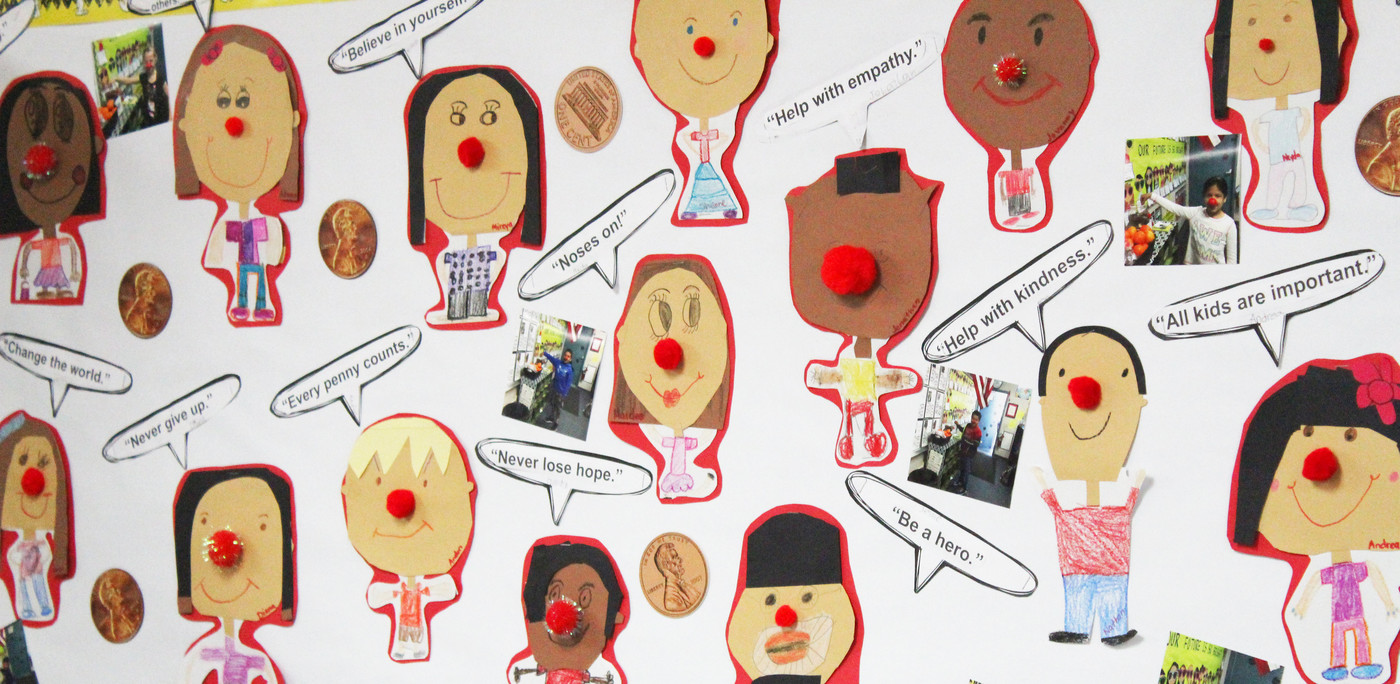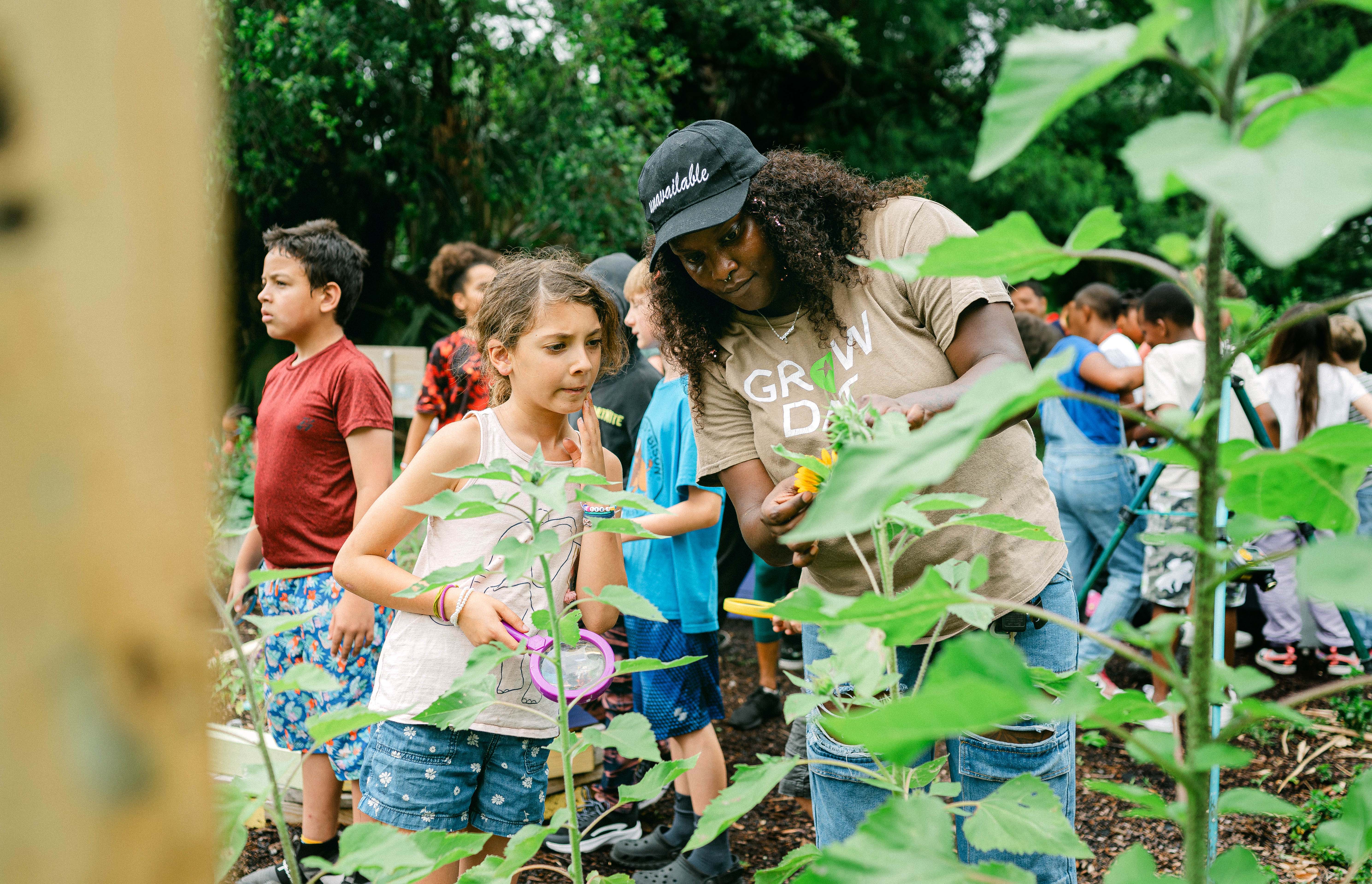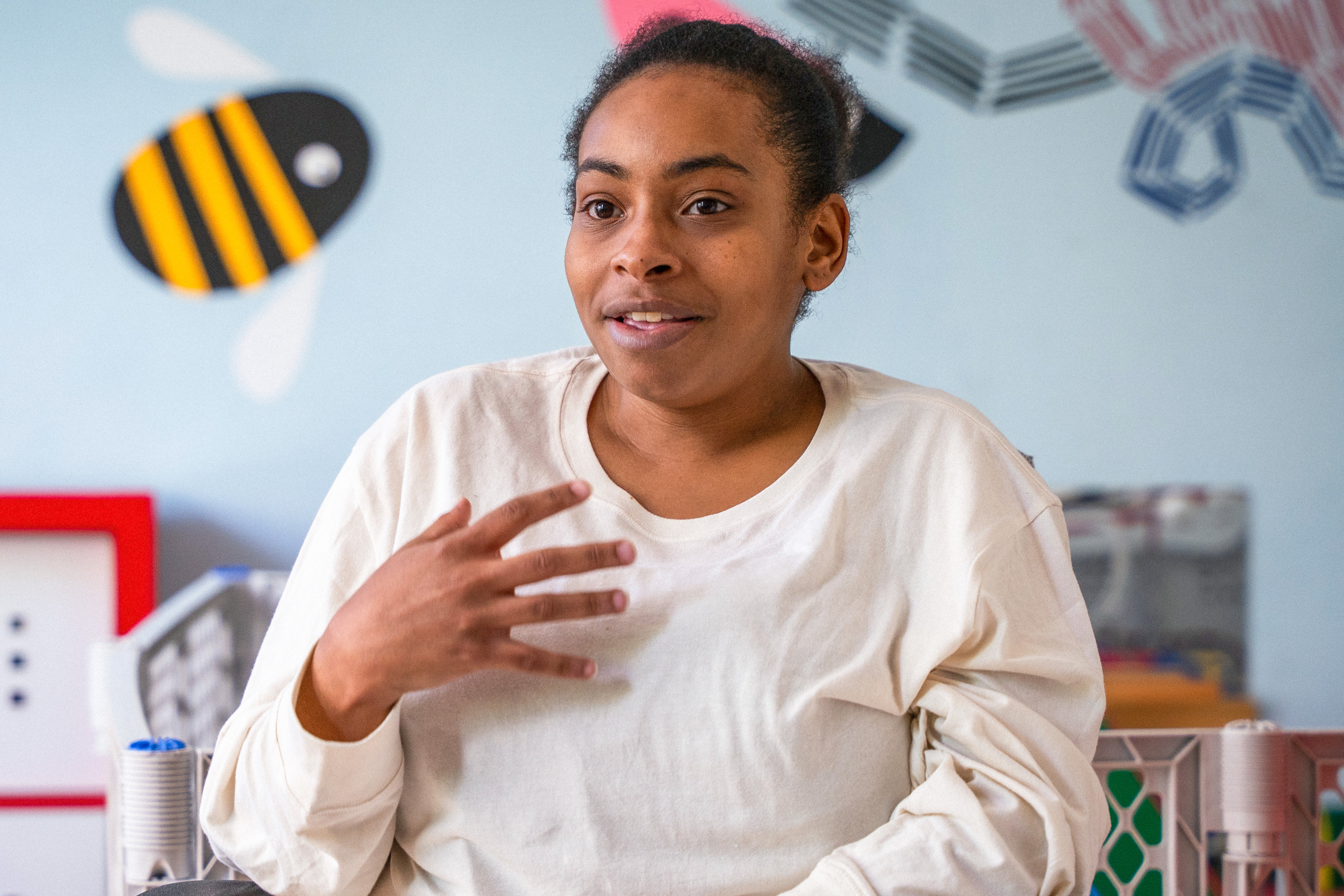Teaching Empathy in the Classroom: Why It’s Important and How It’s Done

Empathy can have a huge impact on how a child sees and interacts with others in their community and the world. The sooner children learn about empathy, the sooner it’s lessons can mold them into becoming better people and students.
Take Denmark, for example. According to recent reports, Denmark is one of the happiest countries in the world. Their secret? Since 1993, empathy has been a required subject in the classroom.
As part of the Danish curriculum, students between the ages of 6 and 16 are required to participate in weekly empathy lessons. During these lessons, students discuss their problems and find solutions through discussion with other students and teachers. Denmark believes these lessons are a fundamental part of the curriculum, as teaching empathy helps build relationships, prevents bullying, and sets up students for success.
That is just a glimpse of what teaching empathy in the classroom can do.
So today, we’re highlighting the importance of empathy and how it creates a more positive classroom experience, strengthened relationships between students, and prepares the next generation to lead with kindness. We’ll also take a look at how our Red Nose Day in School program can help educators across the country build empathy in the classroom.
RELATED ARTICLE: Your Support For Red Nose Day Makes a World of A Difference
WHAT IS EMPATHY AND WHY IS IT SO IMPORTANT?
To understand the importance of teaching empathy, we first have to understand what empathy really is.
Imagine this scenario: A fifth-grader named Noah notices his friend, Leo, being bullied by the other kids in his class. Because of this, Leo starts to cry and spends the rest of the day alone in the classroom. After observing this situation, Noah feels a sense of sadness so he shows compassion to Leo by sharing his snacks, playing together at recess, and standing up for this friend.
That is an example of what being empathic towards another looks like. Empathy is the ability to emotionally understand what another person is experiencing. It’s essentially putting yourself in someone else’s shoes in order to truly understand the person’s situation in the present moment.
There are many levels of empathy and each play an important role in our lives. Let’s break it down for you:
THE DIFFERENT TYPES OF EMPATHY
Experts in psychology explain that there are three levels of empathy and each affects the way we behave and act with others.
Cognitive empathy: This level of empathy gives us the ability to understand another person’s emotions and thought processes after experiencing a situation (as mentioned earlier).
Emotional empathy (also known as affective empathy): The second level gives us the ability to share the emotions of others. This type of empathy helps build emotional connections within our circles because it allows us to personally feel other people’s experience.
Compassionate empathy (also known as an empathic concern): After understanding another person’s emotions and sharing the same experience, the last level of empathy gives us the motivation to take action and provide emotional support to those who need it most.
Let’s dig a little deeper into these levels by going back to our original scenario with Noah and Leo.
Seeing his friend cry after being bullied, Noah understood Leo’s pain (cognitive empathy), felt a level of sadness from the situation (emotional empathy), and as a result, approached Leo and offered his friendship by hanging out at recess and standing up for him (compassionate empathy).
As you can see, empathy is what makes us human. It helps us see things in a different light, gives us the ability to understand situations on a deeper, emotional level, and affects the way we interact and communicate with others.
And it’s important that these skills are taught at a young age as it can lead to stronger empathy skills later in life.
EARLY EXPOSURE CAN HELP CHANGE LIVES
Now that we know what empathy is and how it affects our relationship with others, let’s talk about the importance of teaching it to young people and how it can positively affect their lives in the future.
So, how exactly can one teach empathy? One way is through incorporating SEL programs into school lessons.
SEL (social and emotional learning) is a positive development framework that refers to teaching children skills that help them recognize and manage emotions, develop empathy for others, and maintain positive relationships between peers.
According to CASEL (Collaborative for Academic, Social, and Emotional Learning), having an SEL program has had multiple benefits. Studies show that 57% of students in schools with an SEL program improved their overall learning skills and 27% of students improved their academic performance.
And this goes beyond just academic growth. These programs can also produce significant improvements in social behavior, career growth, mental health in adulthood.
Back in 2017, a study was done to review social-emotional learning programs used by students from grades K-12. In it, teachers checked in with these particular students after they graduated. Looking at the outcomes, they found that the skills these students learned had stayed with them and positively changed their attitudes towards themselves, social behavior, and academic performance. And as a result, they protected themselves from problems such as emotional distress, drug use, and criminal activity.
More studies have found that teachers who’ve incorporated SEL programs into their classrooms have had long-term effects on adulthood. According to the American Public Health Foundation, those who were taught about empathy in kindergarten grew up to have healthy relationships with their peers, were successful in their careers, and reported low criminal activity.
All in all, teachers who take on a SEL approach in their classroom, especially in the earlier grades, can develop a caring and participatory learning environment that helps evolve social, emotional, and academic growth in every student. Which in the long run, creates caring members of society which can lead to building a strong, empathic culture.
WHAT IS NEEDED TO HELP FOSTER EMPATHY IN THE CLASSROOM
We believe you’re never too young to help impact change, and we believe it starts with fostering empathy in the classroom.
That’s why in collaboration with Scholastic, we've created lesson plans and classroom routines for grades 2 - 5, focused on building empathy, creating a positive classroom culture, and fine-tuning SEL and ELA skills.
Just take a look at how schools across America are using these lessons plans to turn empathy into action:
We’ve combined some of our favorite (and fun) ways you can foster empathy in the classroom! Some include practicing empathy all year round, holding open discussions about tough topics, and empowering students to take action.
In fact, fundraising is a great way to teach children and adults alike about empathy. It helps them become storytellers, build teamwork, and seeing for themselves the difference they can make.
Speaking of fundraising, you can help teach empathy by participating in the Red Nose Day in School. It gives students the opportunity to tell and sell their best jokes within their classrooms, schools, and communities to spread some much-needed joy and raise some life-changing cash for children in need.
What are some ways that you foster empathy in the classroom?





